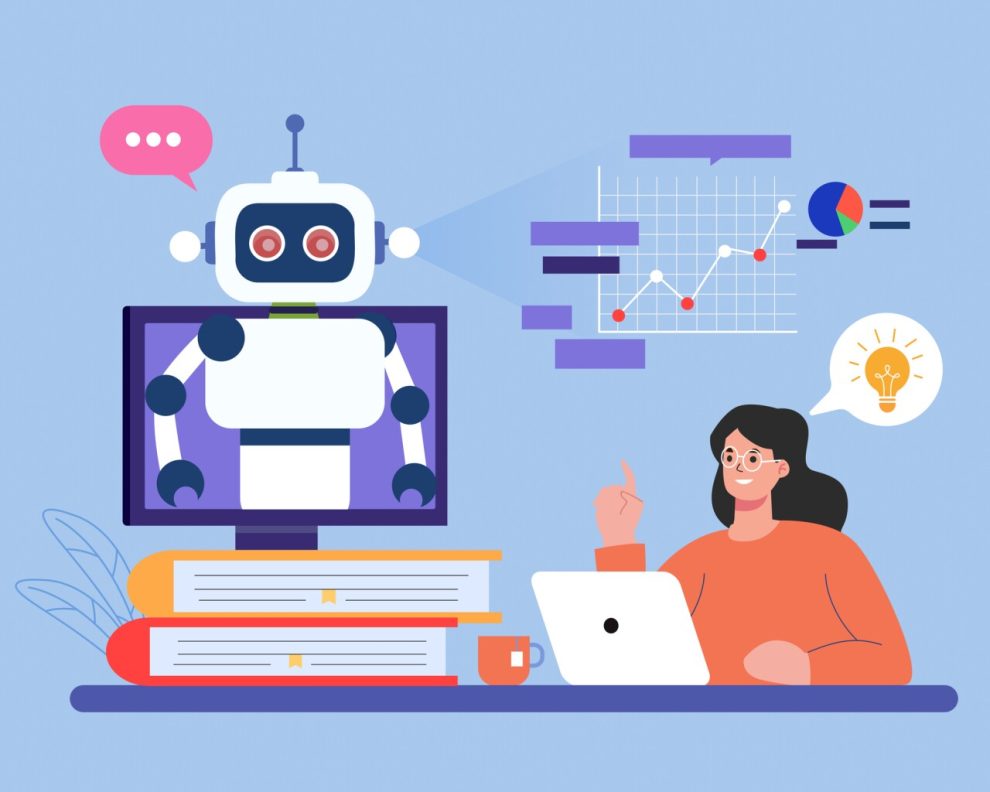‘I see’ on YouTube Shorts
:
‘Veo’ is a generative video model from Google DeepMind that will be integrated into YouTube Shorts. This tool will allow creators and users to generate video backgrounds and standalone six-second clips, opening up more creative possibilities in Shorts.
AI will be used to generate these backgrounds and clips automatically, expanding the reach and variety of content without requiring advanced technical skills from creators.
Hype
:
This new feature will allow users to “hype” videos from creators with fewer than 500,000 subscribers. AI may be involved in how YouTube ranks and highlights these videos, using algorithms to analyze which ones are getting the most engagement and showing up-and-coming creators on a leaderboard. This can help make videos from lesser-known creators more visible to new audiences.
Automatic dubbing
:
YouTube is expanding its automatic dubbing tool, which uses AI to translate and dub video content into different languages. This will allow creators to reach a wider global audience without the need to hire professional dubbing services, as the AI will generate audio tracks in languages such as Spanish, Portuguese, French and Italian.
‘Inspiration’ on YouTube Studio
:
The platform is implementing AI to assist creators in the creative process. The ‘Inspiration’ tab will offer AI-generated titles, thumbnails, content ideas, and outlines, which creators can use to develop their own projects. This will make content creation easier by providing inspiration and automatically generated templates.
Community Center
:
The comments tab in YouTube Studio will be transformed into a “Community Hub.” Here, AI will provide personalized response suggestions in the creator’s style, allowing for more effective interaction with followers and the community.
These tools are designed to support creators in improving the quality and diversity of their content, and fostering a more active community.
YouTube’s main competitors, such as TikTok, Instagram and Facebook, have implemented their own AI-powered initiatives to improve the experience for creators and users.
For example, TikTok uses AI algorithms to analyse users’ preferences, their interactions and the content they engage with to deliver personalised video recommendations. This approach has been key to its success, showing users relevant content and keeping them engaged. And both Instagram and Facebook can generate captions automatically.





![[Img #74664]](https://thelatestnews.world/wp-content/uploads/2024/12/James-Watson-The-controversial-genius-behind-the-double-helix-150x150.jpg)







![[Img #74664]](https://thelatestnews.world/wp-content/uploads/2024/12/James-Watson-The-controversial-genius-behind-the-double-helix-300x200.jpg)


Add Comment